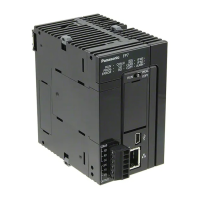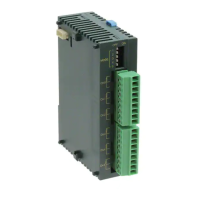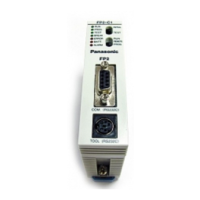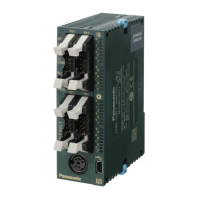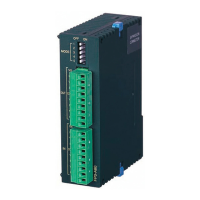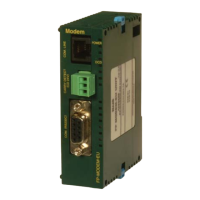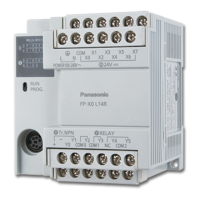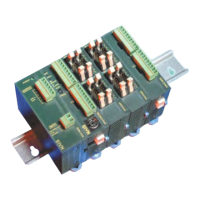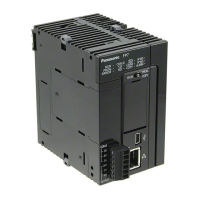What to do if a unit error occurs on Panasonic FP7 Controller?
- NnstephensAug 13, 2025
To address a Unit error on your Panasonic Controller, monitor UM00064 and check the error code. For detailed information on error codes, consult "12.2.1 ERR LED Turns ON on the Unit".
